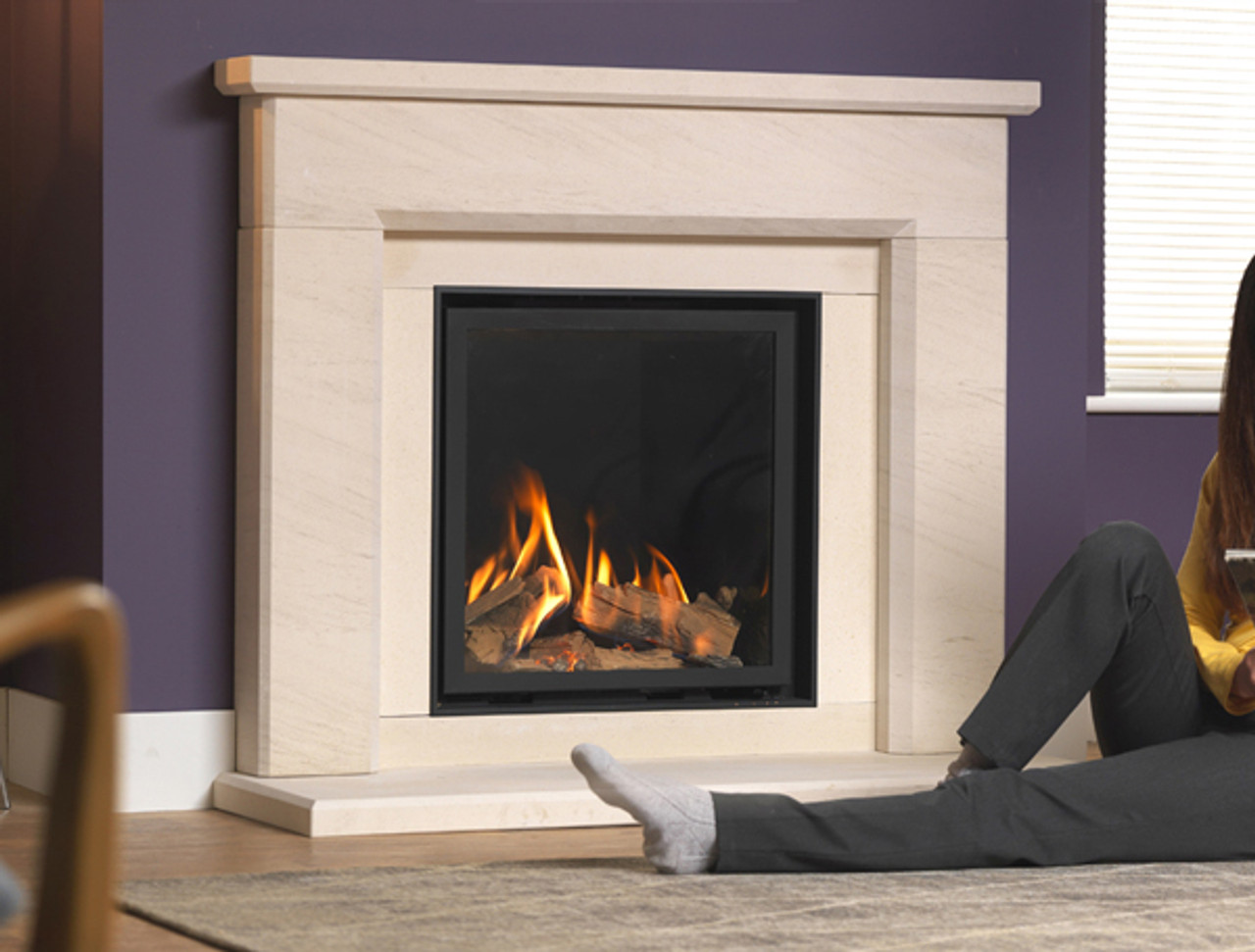

Articles
How To Close The Flue On A Gas Fireplace
Modified: October 20, 2024
Learn how to safely close the flue on your gas fireplace with our informative articles. Ensure your home stays warm and energy-efficient.
(Many of the links in this article redirect to a specific reviewed product. Your purchase of these products through affiliate links helps to generate commission for Storables.com, at no extra cost. Learn more)
Introduction
Gas fireplaces are a popular choice for homeowners looking to add warmth and ambiance to their living spaces. These fireplaces provide the convenience of easy ignition, adjustable flames, and no need for storing firewood. However, many people may not be aware of the importance of properly closing the flue on a gas fireplace.
In this article, we will delve into the details of understanding the flue on a gas fireplace and provide a step-by-step guide on how to effectively close it. We will also explore the reasons why closing the flue is necessary and discuss some safety precautions to keep in mind.
By the end of this article, you will have a comprehensive understanding of the flue and its importance, along with the knowledge to safely and efficiently close it on your own gas fireplace.
Key Takeaways:
- Closing the flue on a gas fireplace is crucial for energy efficiency, draft prevention, odor reduction, pest intrusion prevention, and moisture protection. Following safety precautions and regular maintenance ensures optimal performance and safety.
- Understanding the function of the flue and following a step-by-step guide to close it promotes energy efficiency, comfort, and safety in your home. Additional tips, such as using a chimney cap and consulting a professional, further enhance the performance and longevity of your gas fireplace.
Read more: How To Close Chimney Flue
Understanding the Flue on a Gas Fireplace
The flue is a crucial component of a gas fireplace, responsible for safely venting the combustion byproducts out of your home. It acts as a pathway for the smoke and toxic gases produced during the burning process to exit the house. The flue is typically made of metal and runs vertically through the chimney, connecting to the fireplace at one end and extending out through the roof.
There are two main types of flues: natural draft and direct vent. Natural draft flues rely on the temperature difference between the indoor and outdoor air to create an upward flow of smoke and gases. On the other hand, direct vent flues use a sealed glass front and a dedicated outdoor air supply to ensure efficient ventilation.
It’s important to understand the function of the flue in gas fireplaces because improper use or failure to close it can have serious consequences. Leaving the flue open when the fireplace is not in use can result in significant energy loss, as warm air from inside the house escapes through the vent. Additionally, an open flue can allow debris, animals, and rainwater to enter the chimney, causing damage and potentially blocking the exhaust pathway.
Now that you have a basic understanding of the flue and its purpose, let’s explore the reasons why it’s necessary to close the flue when the gas fireplace is not in use.
Reasons to Close the Flue
Closing the flue on your gas fireplace when it is not in use is essential for several reasons. Here are the main reasons why you should make it a habit to close the flue:
- Energy Efficiency: By closing the flue, you prevent warm air from escaping through the chimney. This helps to maintain the temperature inside your home and reduces the energy required to heat your living space. It can lead to substantial energy savings in the long run.
- Preventing Drafts: An open flue can allow cold air to enter your home, causing drafts and making your space feel chilly. By closing the flue, you create a barrier that helps to keep the cold air outside and maintain a comfortable indoor environment.
- Minimizing Odors: When the flue is left open, you may experience odors from the chimney, especially if there is a downdraft or if the outside air is stagnant. Closing the flue prevents these odors from entering your living space and keeps the air fresh.
- Preventing Pest Intrusion: An open flue can become an entry point for critters such as birds, squirrels, or even insects. These pests can build nests inside the chimney, causing blockages or creating a fire hazard. Closing the flue effectively deters pests from entering your home.
- Protecting Against Moisture: Rainwater can find its way into an open flue, leading to water damage and potential structural issues. Closing the flue when the fireplace is not in use helps to prevent water infiltration and protects your chimney and home from moisture-related problems.
By understanding the reasons why closing the flue is crucial, you can ensure the optimal functioning of your gas fireplace while reaping the benefits of energy efficiency, comfort, and safety.
Safety Precautions
While closing the flue on a gas fireplace is a simple task, it’s important to follow some safety precautions to ensure the well-being of your home and family. Here are some safety tips to keep in mind:
- Allow Sufficient Cooling Time: Before closing the flue, make sure the fireplace has had enough time to cool down completely. Touch the surround and interior walls of the fireplace to check for any residual heat. Closing the flue too soon can trap hot gases inside, posing a potential fire hazard.
- Regularly Inspect the Flue: Periodically inspect the flue for any signs of damage, blockages, or debris buildup. Ensure that it opens and closes smoothly and that there are no obstructions that could impede proper ventilation. Any issues should be addressed promptly by a qualified professional.
- Use Protective Equipment: When handling the flue, it’s a good practice to use gloves and protective eyewear. This helps to safeguard against cuts, abrasions, and any potential irritation from debris or soot that may be present.
- Keep Children and Pets Away: Ensure that children and pets are kept away from the fireplace when you are closing the flue or performing any maintenance tasks. The heat and potential hazards associated with the fireplace can pose risks to their safety.
- Follow Manufacturer’s Instructions: Always refer to the manufacturer’s instructions specific to your gas fireplace model. These instructions provide valuable information regarding proper maintenance, including closing and opening the flue.
By following these safety precautions, you can ensure a safe and efficient operation of your gas fireplace while minimizing any potential risks.
Before closing the flue on a gas fireplace, ensure the fire is completely out and the logs are cool. Then, locate the lever or handle to close the flue and securely shut it to prevent heat loss and drafts.
Step-by-Step Guide: How to Close the Flue on a Gas Fireplace
Now that you understand the importance of closing the flue on a gas fireplace, let’s go through a simple step-by-step guide to help you accomplish this task:
- Ensure the Fireplace is Cold: Before attempting to close the flue, make sure the fireplace has been turned off and has had sufficient time to cool down. It’s crucial to avoid any potential burns or injuries.
- Locate the Flue Handle or Control: Depending on the design of your gas fireplace, the flue handle or control may be located either on the exterior wall, inside the fireplace, or at the top of the chimney. Spend a few moments familiarizing yourself with the specific location of the flue handle.
- Move the Flue Handle to the Closed Position: Once you have located the flue handle or control, gently push or pull it to the closed position. In some cases, you may need to rotate the handle clockwise or counterclockwise to close the flue. Listen for any clicking sounds or observe any visual indications that confirm the flue is fully closed.
- Verify the Flue is Closed: After moving the flue handle or control, check the flue opening to ensure it is closed. You can do this by shining a flashlight up the chimney or using a mirror to see if any light is coming through. If you can see light, the flue may not be fully closed, and you should reposition the handle accordingly.
- Double-Check for a Secure Closure: Once you are confident that the flue is closed, give it a gentle tug or push to ensure it is securely in place. This double-checking step ensures that the flue won’t accidentally open due to external factors or vibrations.
- Maintain the Flue Closure: It’s important to keep the flue closed when the gas fireplace is not in use. This helps to maintain energy efficiency, prevent drafts, and protect against unwanted pests and moisture. Regularly check the flue to ensure it remains closed.
Following these steps will allow you to effectively close the flue on your gas fireplace, promoting energy efficiency and providing added comfort and safety to your home.
Additional Tips and Considerations
While closing the flue on a gas fireplace is a simple task, there are a few additional tips and considerations to keep in mind to ensure optimal performance and safety:
- Regular Maintenance: It’s important to schedule regular maintenance for your gas fireplace, including flue inspection and cleaning. This helps to remove any soot, debris, or potential blockages that could affect the proper functioning of the flue.
- Use a Chimney Cap: Installing a chimney cap is an effective way to prevent debris, animals, and rainwater from entering the flue. A chimney cap acts as a barrier and helps to maintain the integrity of your flue and chimney system.
- Consult a Professional: If you are unsure about any aspect of closing the flue on your gas fireplace, or if you encounter any issues or abnormalities during the process, it’s always best to consult a qualified professional. They can provide expert guidance and ensure that your flue is correctly closed and in good working condition.
- Consider a Carbon Monoxide Detector: Gas fireplaces can produce carbon monoxide, a colorless and odorless gas that can be dangerous if not detected. Installing a carbon monoxide detector near your fireplace provides an added layer of safety and alerts you to any potential gas leaks or accumulation.
- Keep the Area Clear: Ensure that furniture, curtains, and any combustible materials are kept a safe distance away from the gas fireplace. This prevents the risk of accidental fires and allows for proper ventilation around the flue.
- Follow Local Regulations: Different regions may have specific regulations and codes regarding gas fireplace installation and maintenance. It’s important to familiarize yourself with these guidelines and ensure compliance to maintain the safety and legality of your gas fireplace.
By keeping these additional tips and considerations in mind, you can enhance the performance, safety, and longevity of your gas fireplace and its flue.
Conclusion
Closing the flue on a gas fireplace is a simple yet important task that should not be overlooked. By understanding the function of the flue and its significance in properly venting combustion byproducts, you can ensure the energy efficiency, safety, and comfort of your home.
In this article, we discussed the importance of closing the flue on a gas fireplace and provided a step-by-step guide to help you accomplish this task. We explored the reasons why closing the flue is necessary, including energy conservation, draft prevention, odor reduction, pest intrusion prevention, and moisture protection.
We also emphasized the importance of following safety precautions when handling the flue, including allowing sufficient cooling time, regular inspection, and using protective equipment. We highlighted the need to consult a professional if needed and the benefits of installing a carbon monoxide detector for added safety.
Additionally, we provided some additional tips and considerations to further enhance the performance and longevity of your gas fireplace, such as regular maintenance, using a chimney cap, and complying with local regulations.
By incorporating these practices into your gas fireplace routine, you can enjoy the warmth and ambiance of your gas fireplace while ensuring the optimal functioning, energy efficiency, and safety of your home.
Now that you've mastered closing the flue on your gas fireplace, why not ensure everything else is up to snuff? Safety never takes a holiday, so it's wise to verify that your cozy hearth is not just a welcoming spot but also a secure one. Our next article, "How Do I Know If My Fireplace Is Safe To Use," walks you through essential checks and balances every homeowner should perform. Don't miss out on these critical insights that could safeguard your home and loved ones.
Frequently Asked Questions about How To Close The Flue On A Gas Fireplace
Was this page helpful?
At Storables.com, we guarantee accurate and reliable information. Our content, validated by Expert Board Contributors, is crafted following stringent Editorial Policies. We're committed to providing you with well-researched, expert-backed insights for all your informational needs.
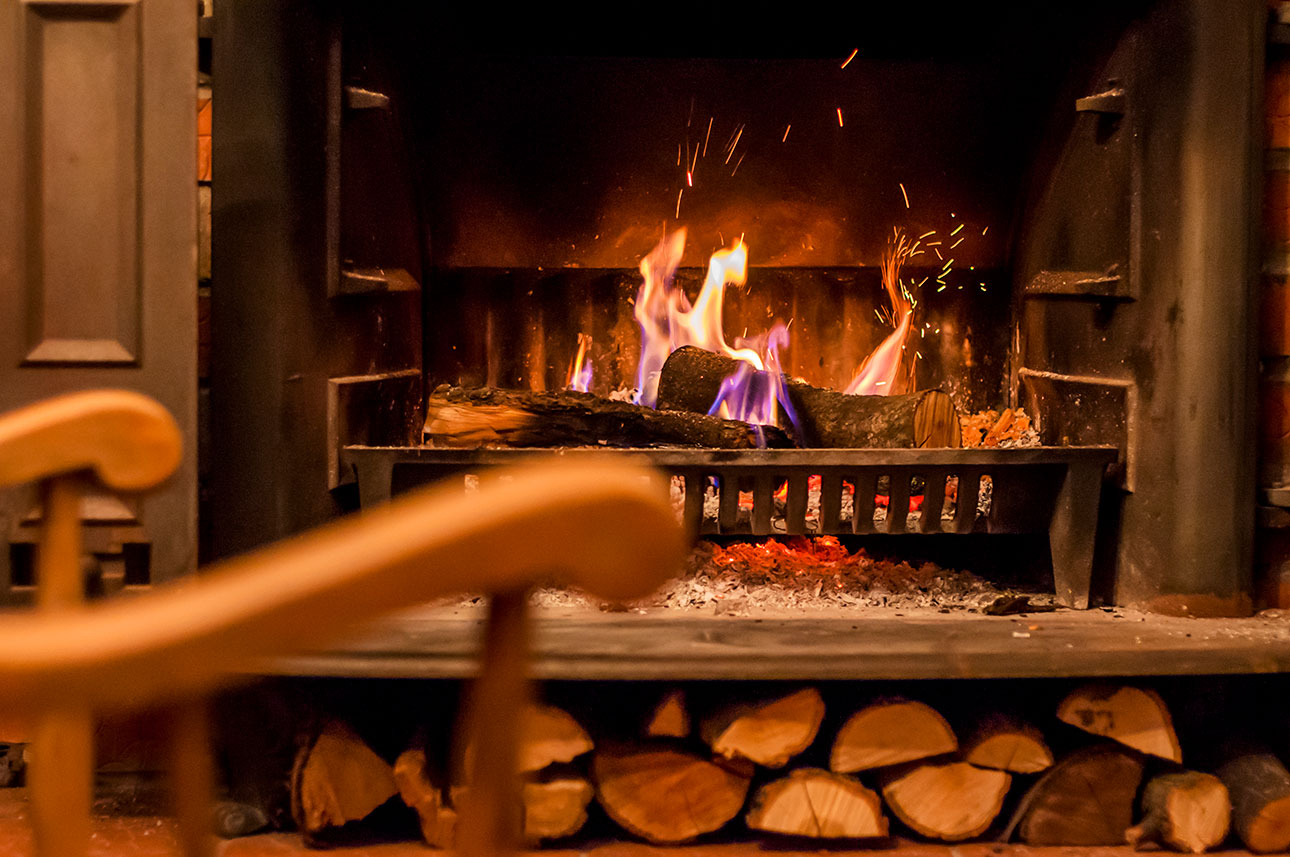
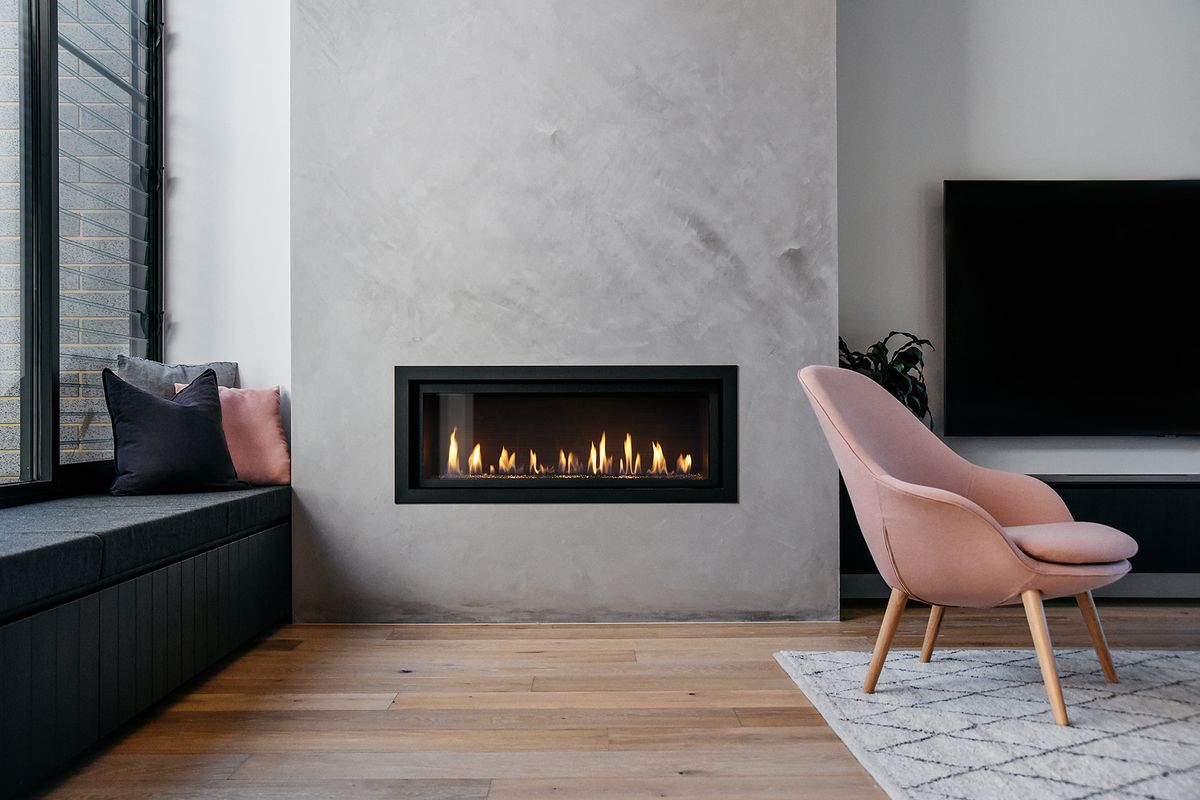
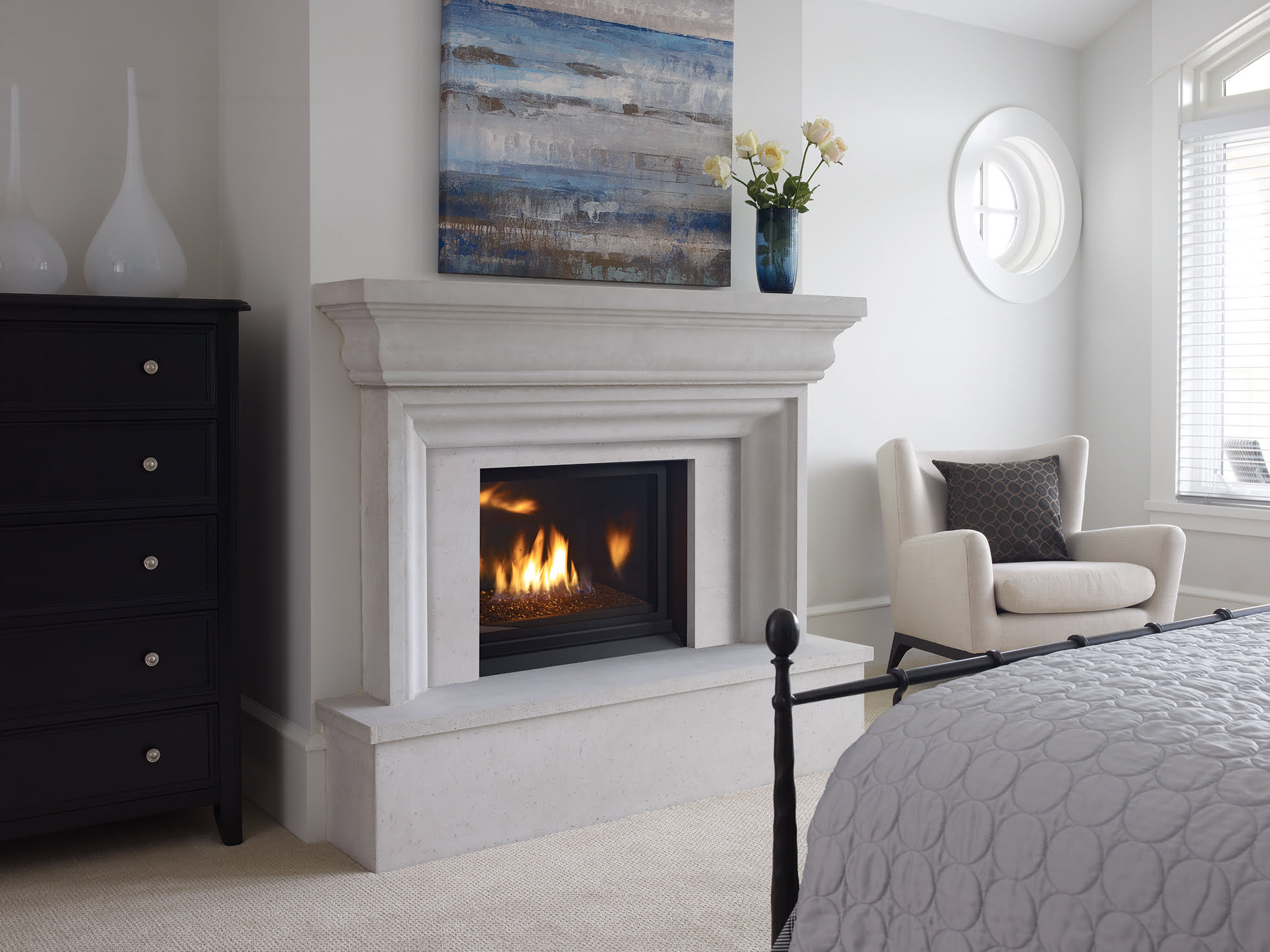
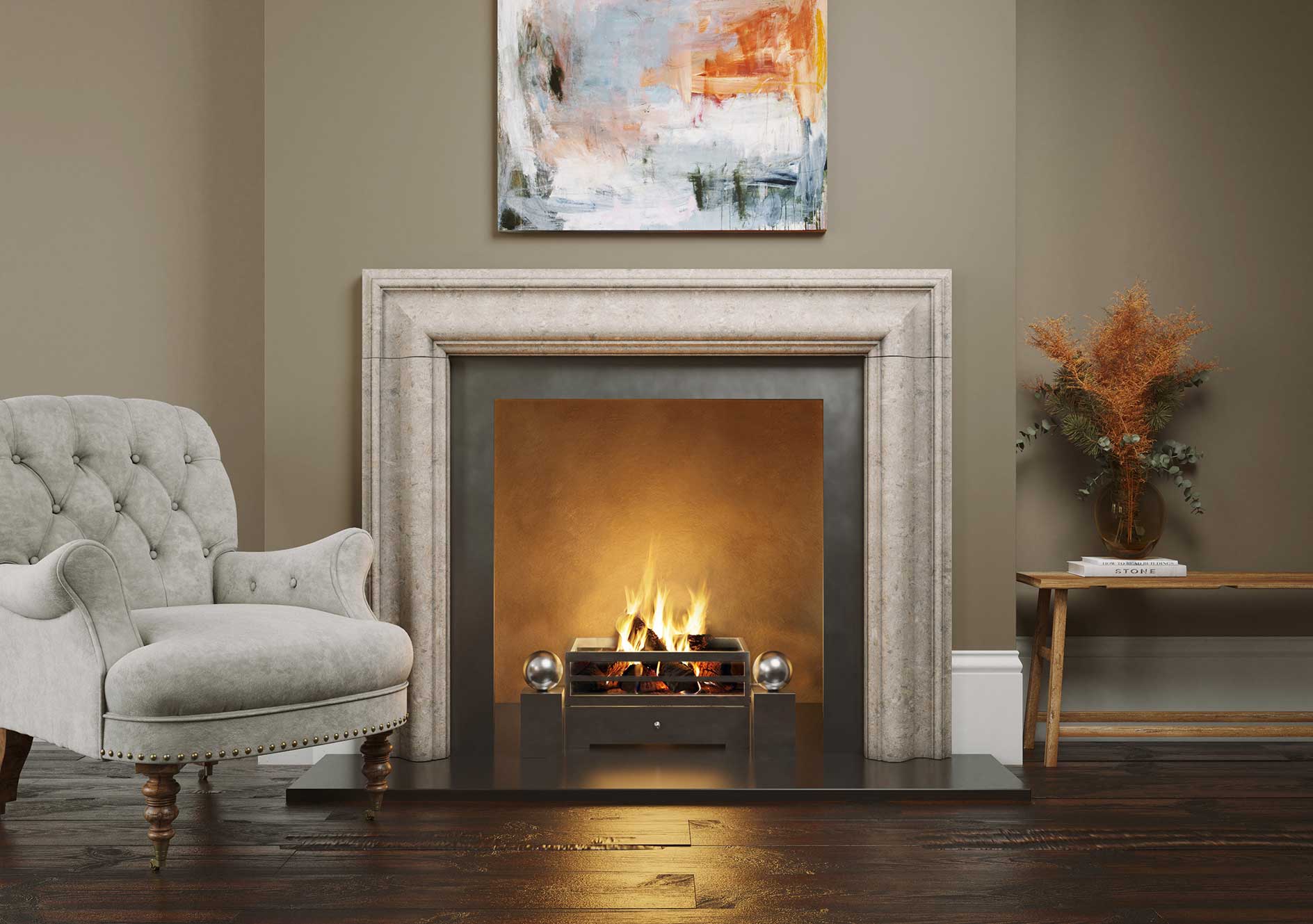
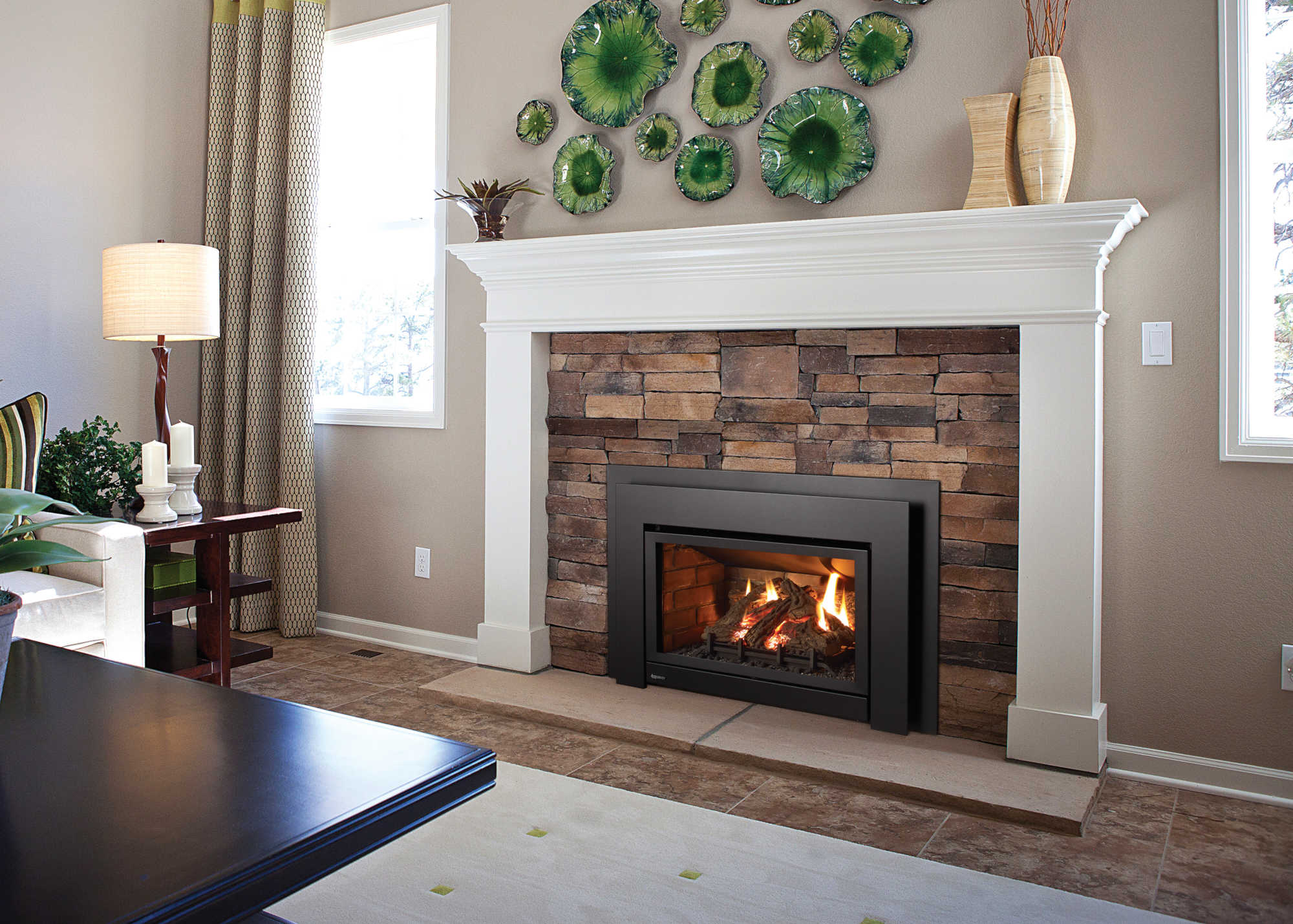

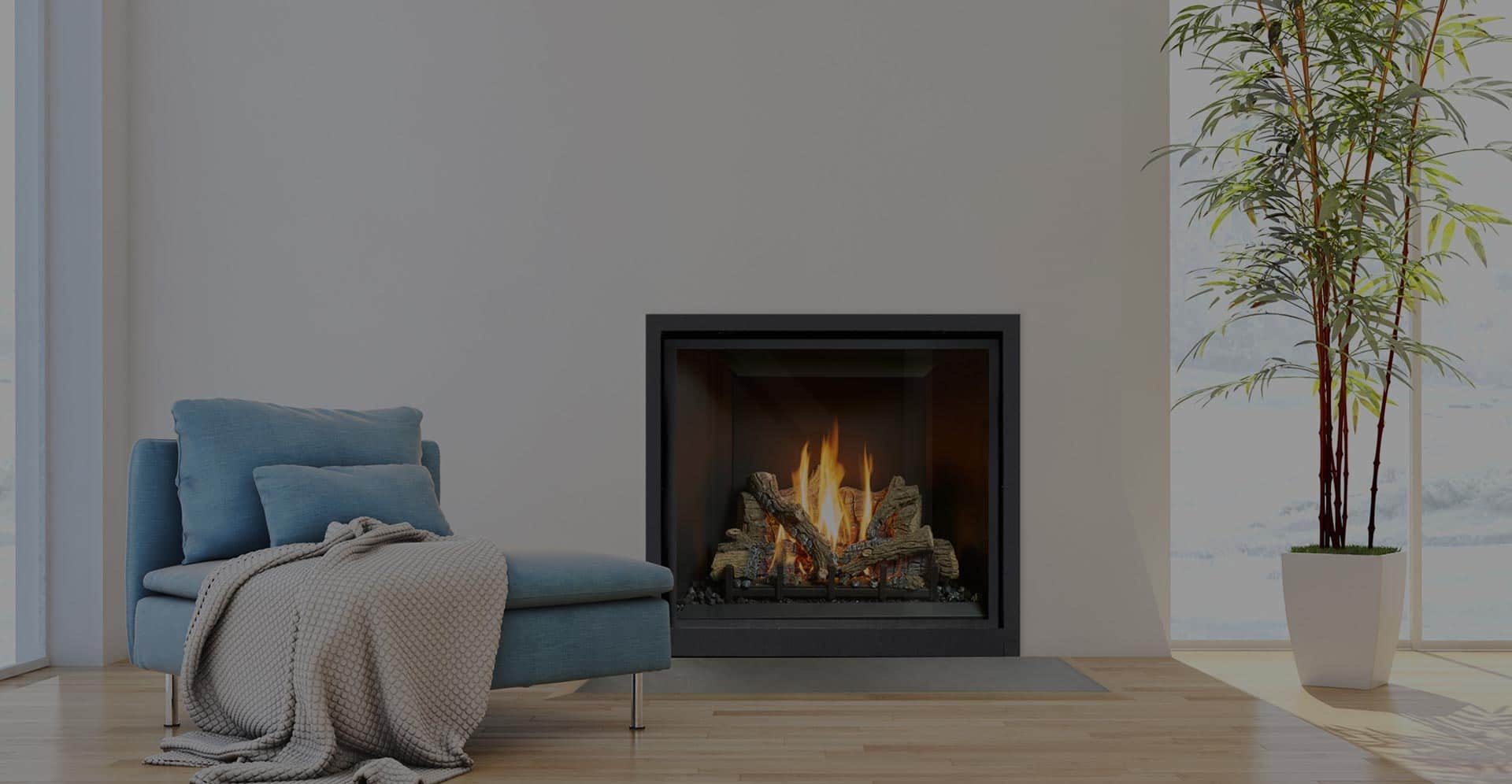
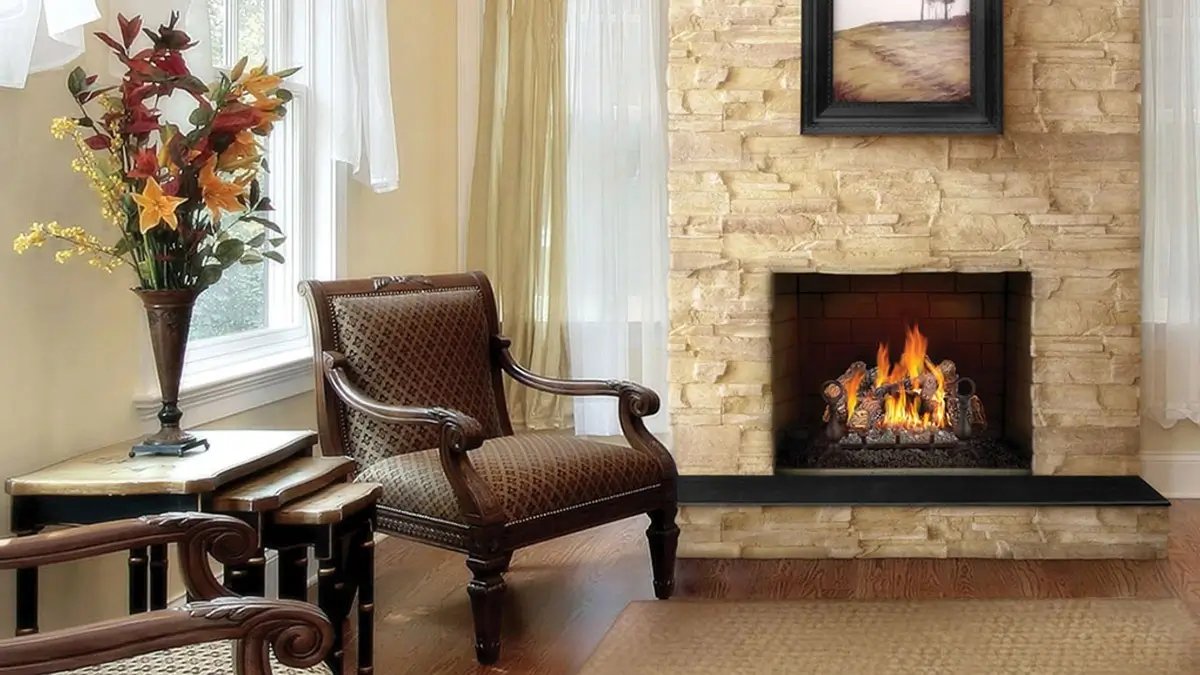
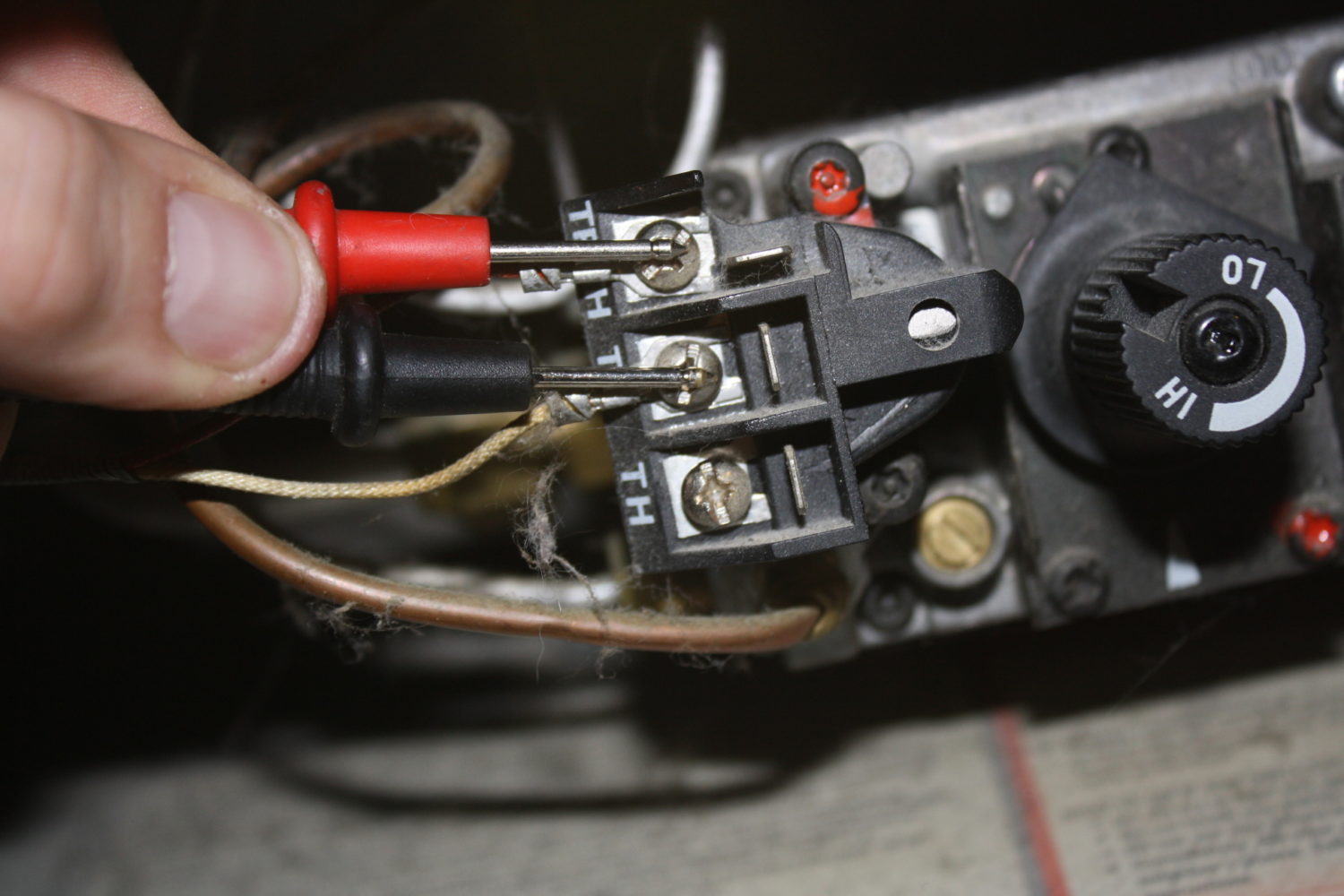
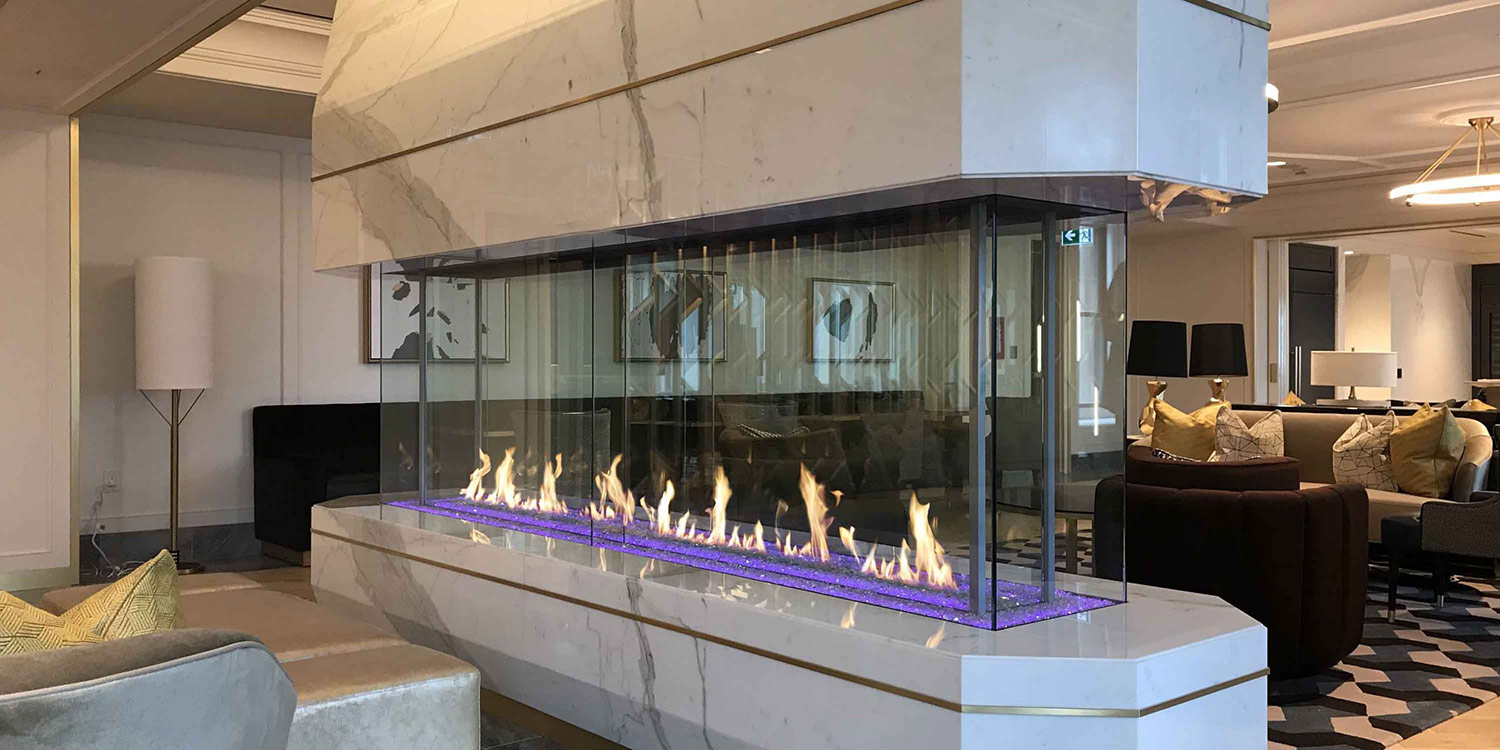
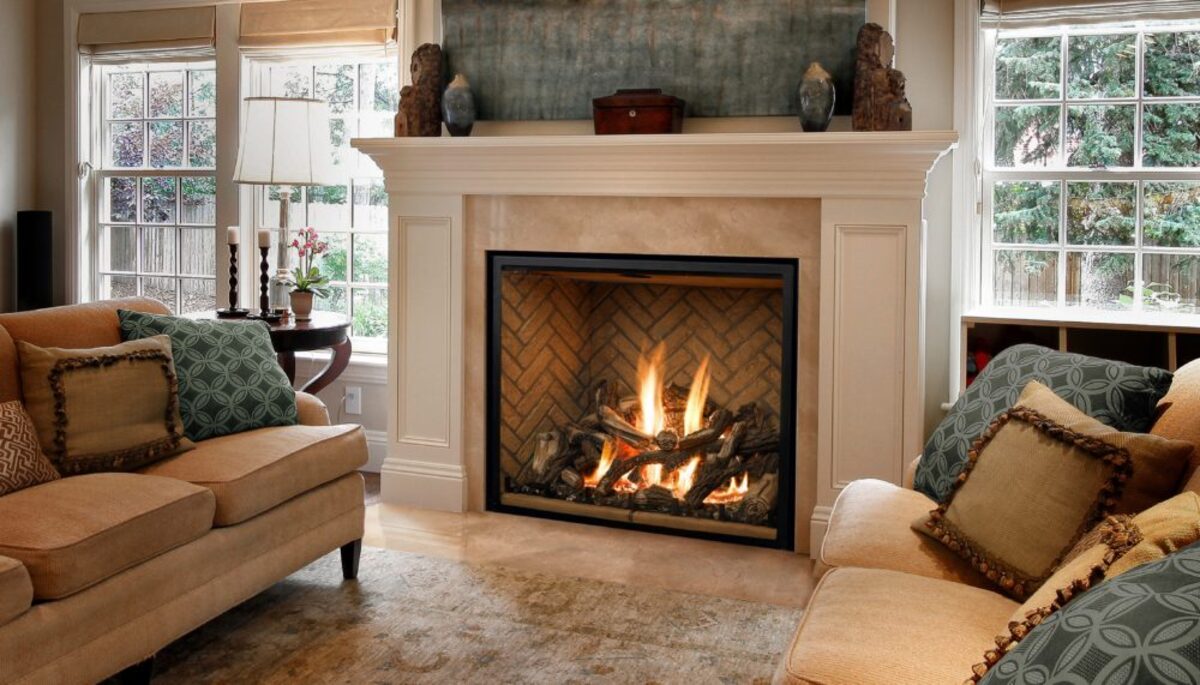

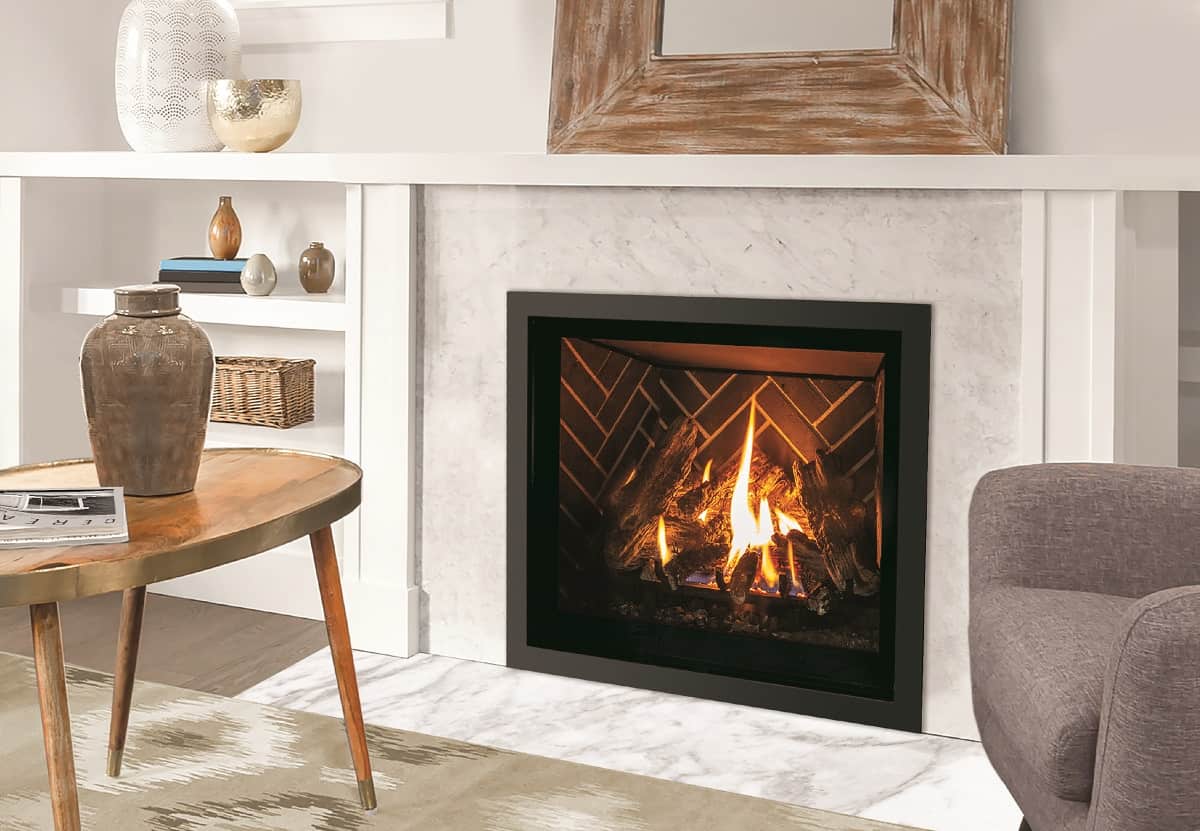
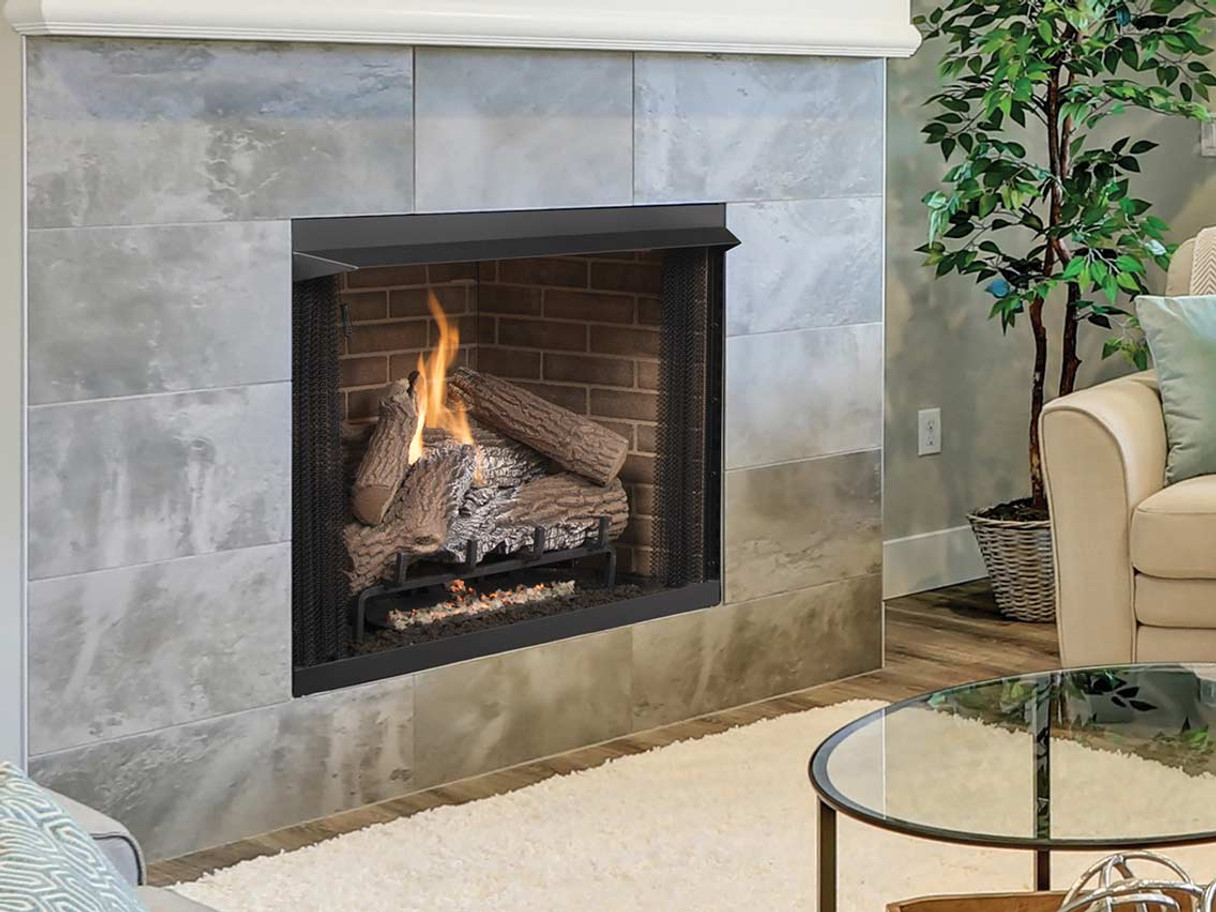

0 thoughts on “How To Close The Flue On A Gas Fireplace”